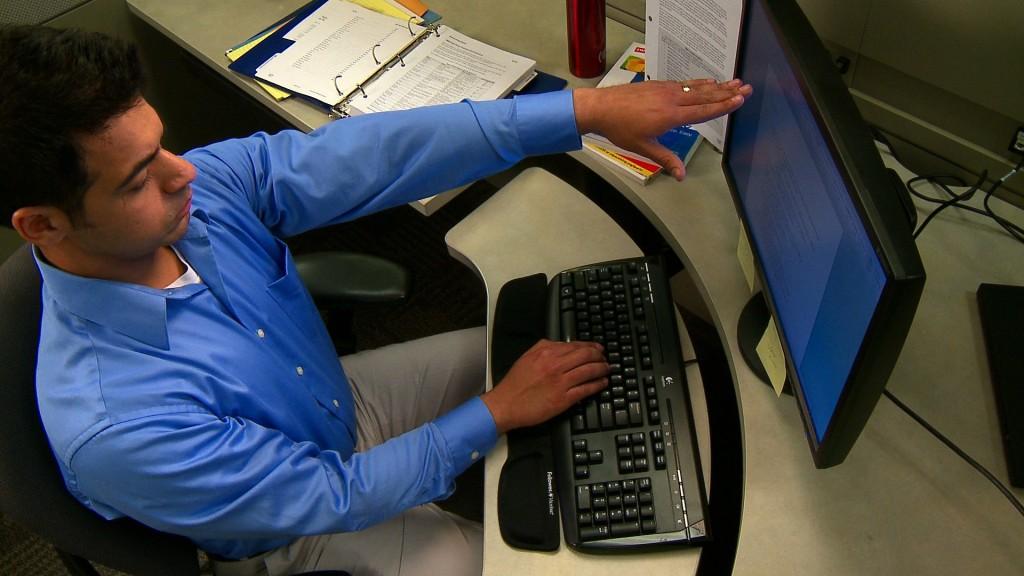From Google’s office hammocks to Netflix’s unlimited vacation policy, much has been written about the myriad ways that company culture is key to creating a thriving and innovative business. Great office environments attract and keep the best talent, while encouraging the kind of creative and far-reaching thinking that keeps great companies ahead of their competitors. There is, however, one aspect of company culture that’s not often discussed: ergonomics. Workplaces that are cavalier with the health and safety of their workers create an environment lacking in trust and respect. In contrast, those that do take steps to encourage the implementation of ergonomic solutions create a self-regulating company culture, with management and employees working together to create healthy solutions and encourage behavior that’s right for each unique organization. That can be a great boon for a company, as healthy employees are more productive, efficient and creative, spend more time in the office and less receiving medical care. Here are just a few easy ways you can make ergonomics a key part of your company culture.
1. Get Executive Buy-In
Many employees have seen their fair share of trendy ergonomics programs sweep into (and promptly out of) their workplace before. The workforce will be much more likely to take a new ergonomics initiative seriously if executives buy-in not just in name, but also with active involvement. Whether that means contributing to lower level meetings on the subject or experimenting with a standing desk, active executive involvement and modeling will go a long way towards getting employees on board.
2. Order an Ergonomic Audit
You can’t know what needs fixing until you do a full ergonomic audit of workstations. While smaller workplaces can likely do this on their own after a few good internet searches, most medium and big businesses will need to bring in an outside expert to evaluate the workspaces of all employees (or at least make suggestions for the vast majority). This is important, as employees will be much more likely to change their behavior if they’ve had a chance to discuss their individual pains and create customized solutions directly with an expert, rather than having to adjust to a one-size-fits-all plan.
3. Gather Employee Input
On a similar note, before you implement the expert’s suggestions, take the time to gather employee opinions on company-wide ergonomic issues and any solutions they might have. This will help make any new initiative feel more bottom up than top down, like you’re all just a community looking out for itself rather than one that must adjust to the whims of the C-suite.
4. Educate Through Classes
As employees begin to use new ergonomic equipment, it’s important that you provide coaching and group trainings both at the beginning of the program and regularly from here on out. It will, after all, take some time for employees to adjust their behavior and muscle memory, and you’ll likely need to do some cheerleading to keep everyone on board. What’s more, it’s important to make sure people aren’t reverting to old behaviors, and that everyone is adhering to any action plans along the way. Reviews shouldn’t be an opportunity for chastisement, just a time to re-evaluate and readjust as necessary.
5. Create an Ergonomics Buddy System
Perhaps one of the most powerful things you can do to ensure that ergonomics becomes a part of company culture is creating an ergonomic buddy system. When employees work in peer pairs, they won’t feel condescended to, no matter how well or poorly they’re adhering to the new initiatives. A buddy system can provide great encouragement, and can also help each employee create and enforce solutions that are just right for them.
The Takeaway
Ergonomics can only thrive in a company that has a strong company culture built by valued and respected employees. However, ergonomics itself can be a key part of creating that very culture, as employees that feel looked after in mind and body also feel better respected. Before implementing your own ergonomic solutions, think hard about the ways you can actively promote the changes to come in a company culture that cares.















